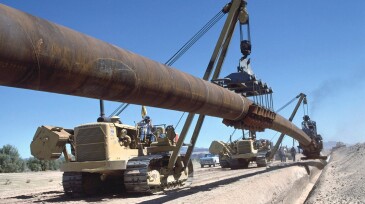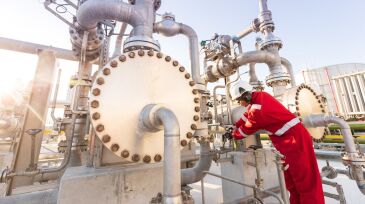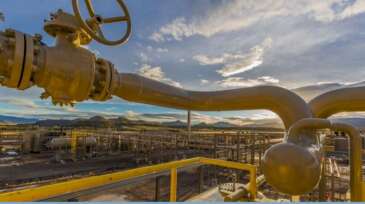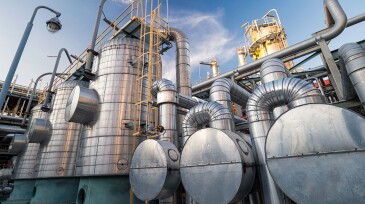pipelines
-
Companies want to build pipelines to capture and store carbon, but a new report warns that regulators aren’t prepared.
-
As Europe’s second-largest LNG hub after Spain, the UK promises to play a near-term role as an “energy bridge” to ease the EU’s dependence on Russian energy, given that the UK can ship regasified product directly to the continent via subsea pipeline.
-
While the world focuses on carbon dioxide—its problems and its uses—many are looking at how to move it around. Fortunately, a pipeline infrastructure already exists. Unfortunately, the pipelines were made for natural gas and not enough is known about how that infrastructure can handle carbon dioxide.
-
Eight-year project to replace key Canada-to-US crude oil pipeline completed.
-
The contractor will provide engineering, procurement, construction, installation, and commissioning for pipelines and umbilicals at the Shell-led deepwater field.
-
A subsidiary-owned pipeline near Marmon, North Dakota, spilled more than 700,000 bbl of produced water over a period of almost 5 months in 2014–2015.
-
The FBI also released a security advisory and details regarding 23 attacks on oil and gas companies from December 2011 to 2013.
-
The midstream operators plan to have the CO2 pipeline network operational as soon as 2025 and flowing at full stream by 2027.
-
Pembina and Kinder Morgan both add substantial infrastructure in separate deals valued at a combined $8 billion.
-
Includes oil ports, refineries, and storage facilities; crude and refined product pipelines; coal and nuclear power plants; and EV battery factories.










